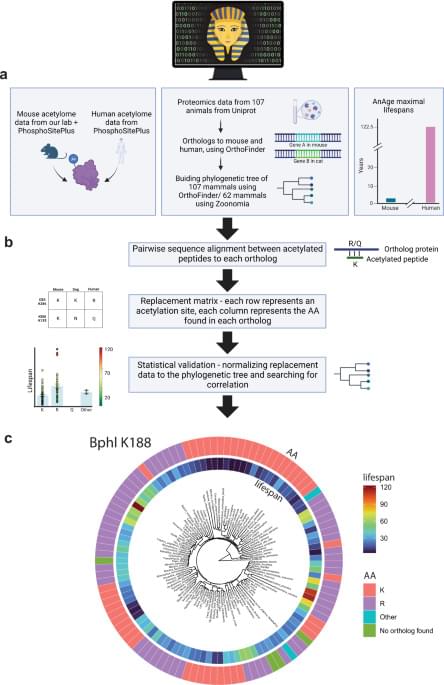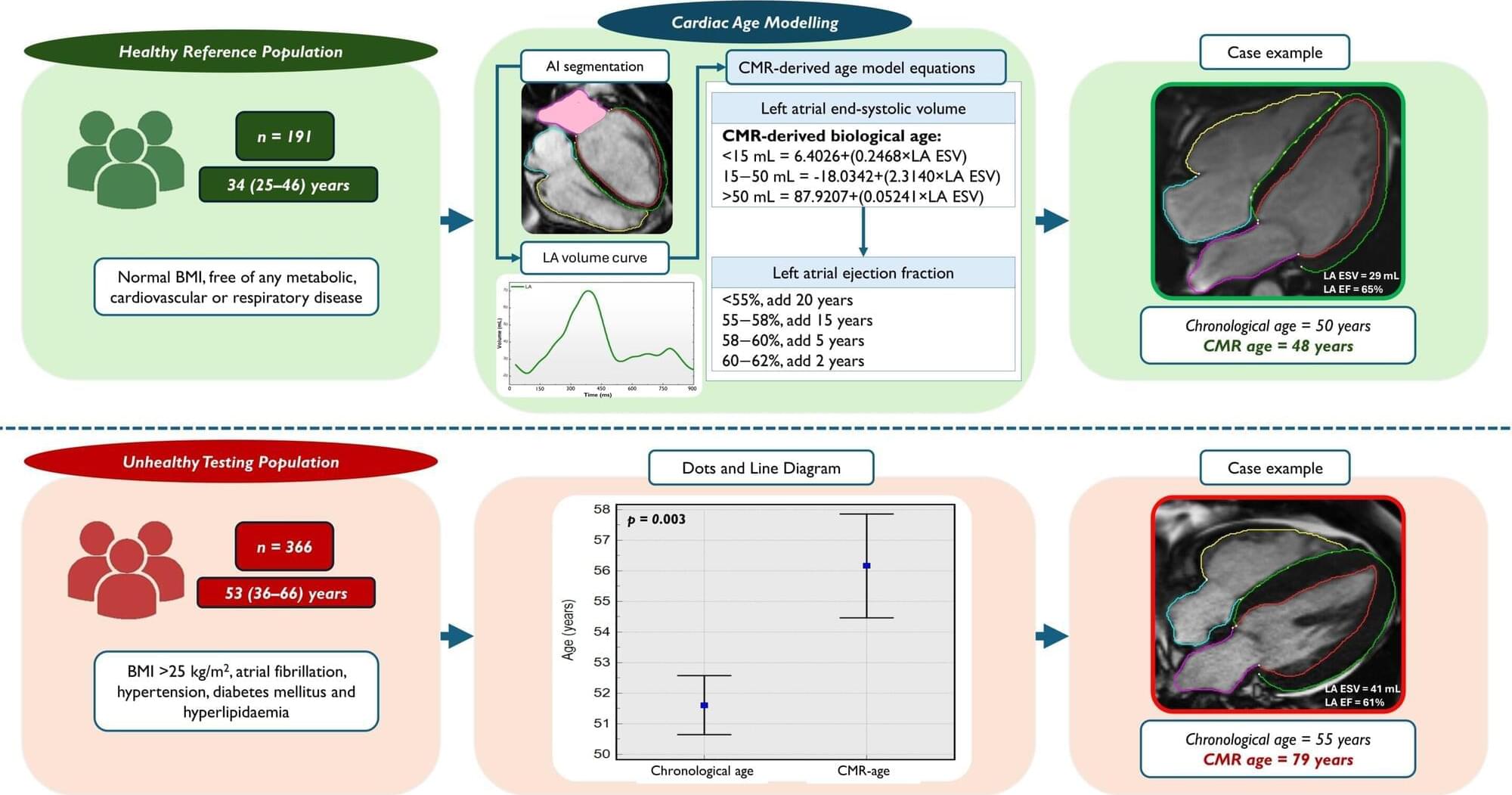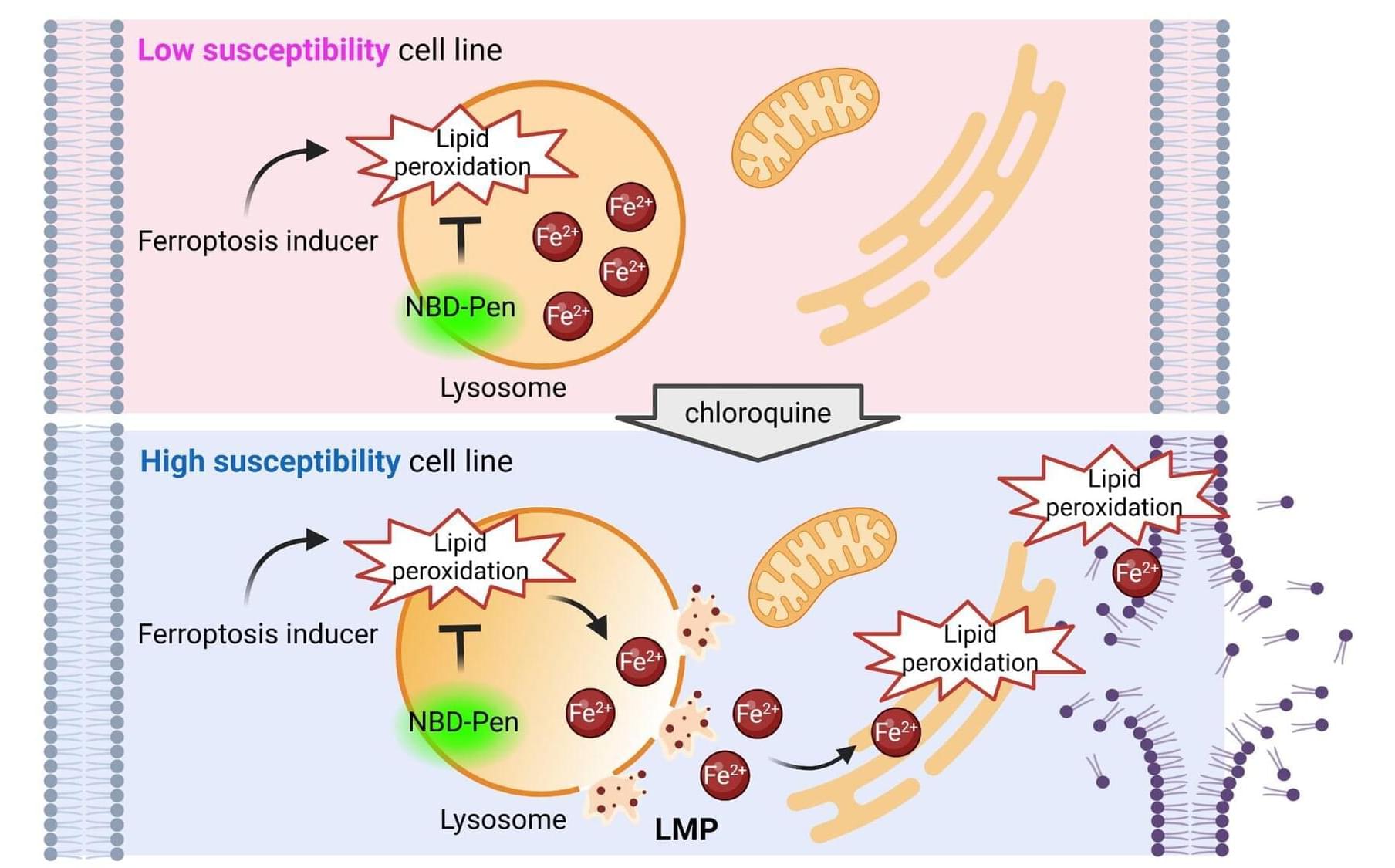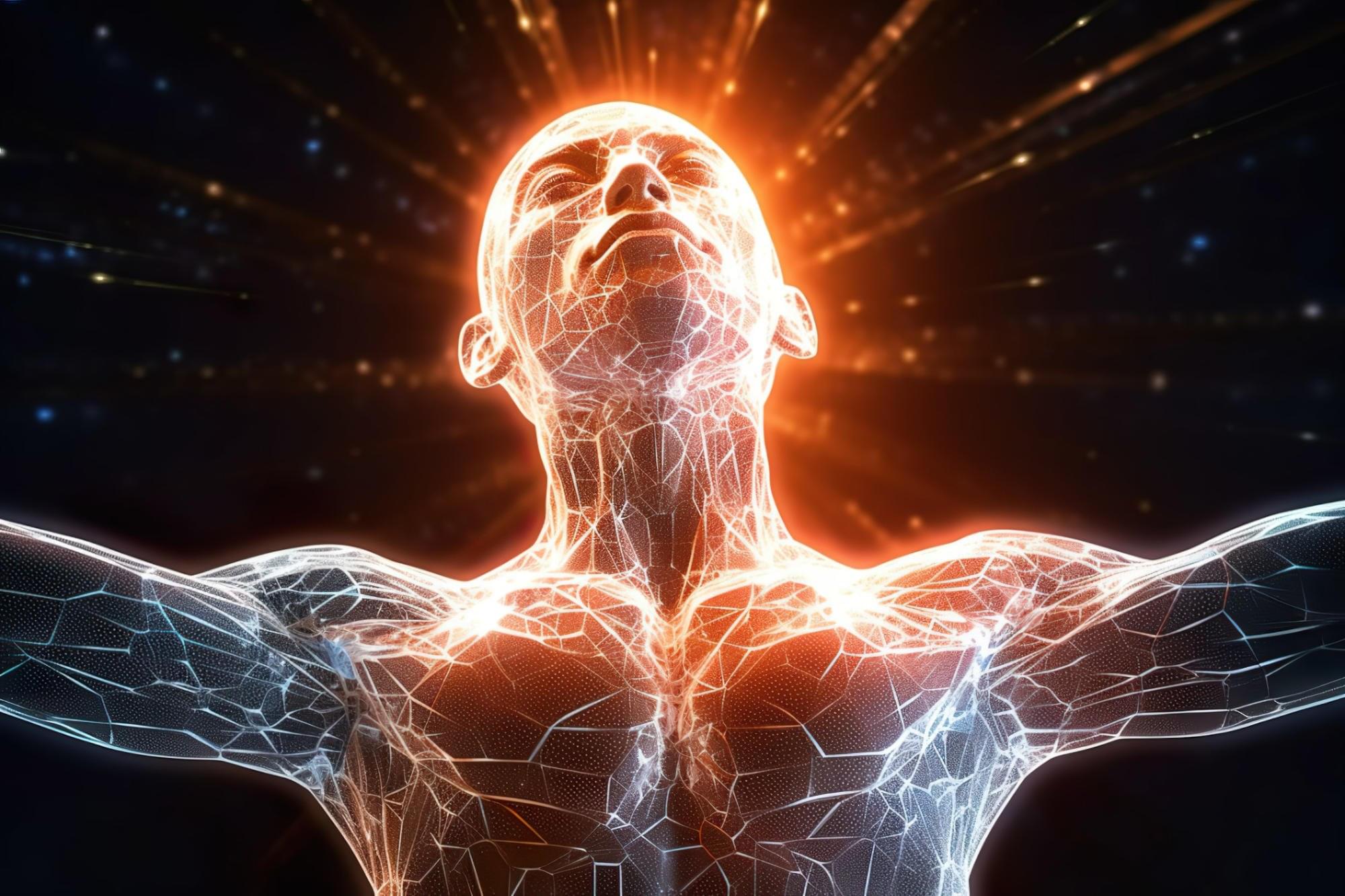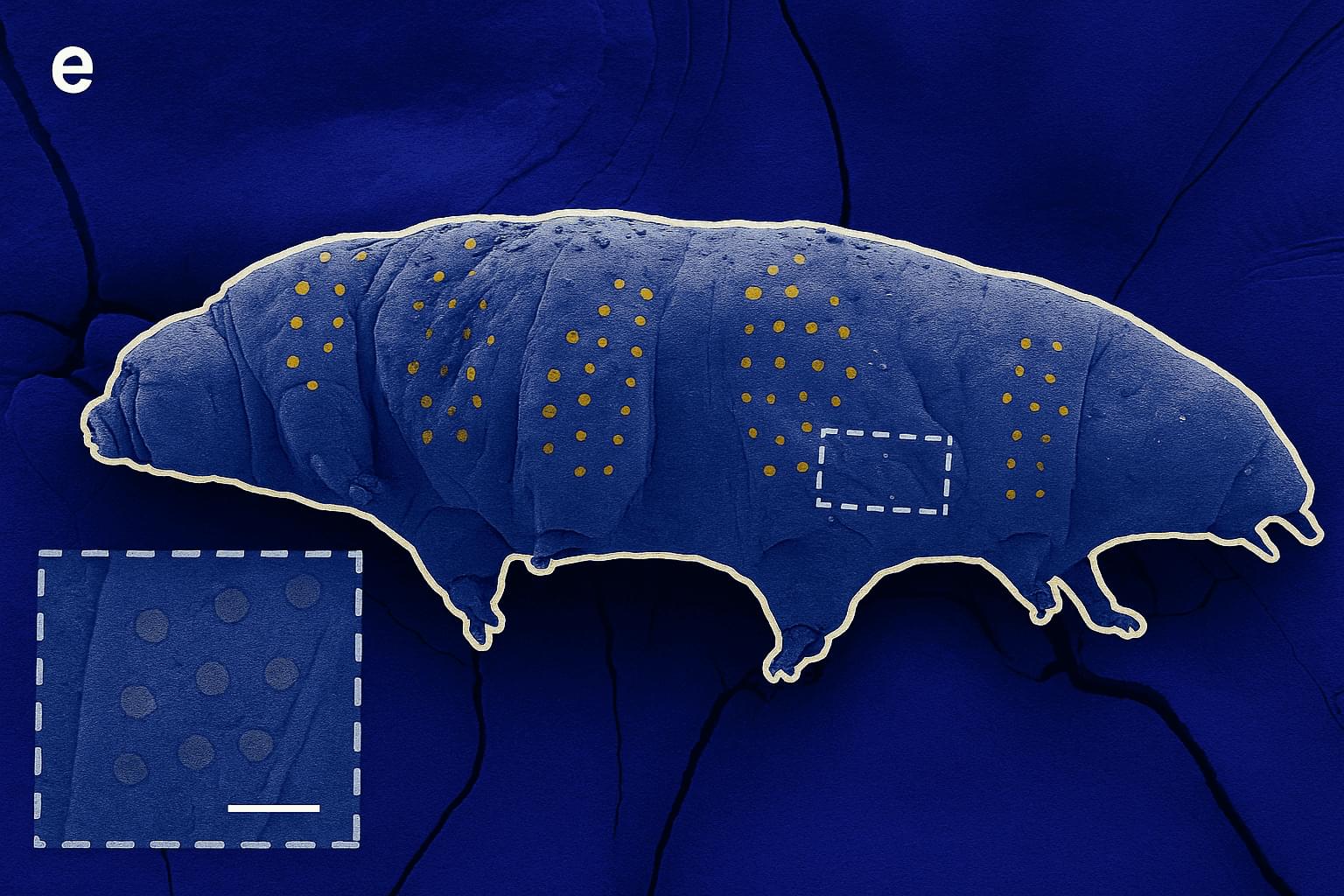In our Founder Interview series, we highlight the brightest minds in preventive health, wellness, and longevity. In Episode 6, we’re honored to feature Dr. Emil Kenziorra, founder and CEO at Tomorrow Biostasis —one of the world-leading human cryopreservation experts.
Tell us a little about yourself and your current venture
Doctor and researcher by training, entrepreneur by trade. Longevity has always been my motivation, with a focus on maximal life span extension. I’m running Tomorrow.bio and the non-profit European Biostasis Foundation to push human cryopreservation forward.

